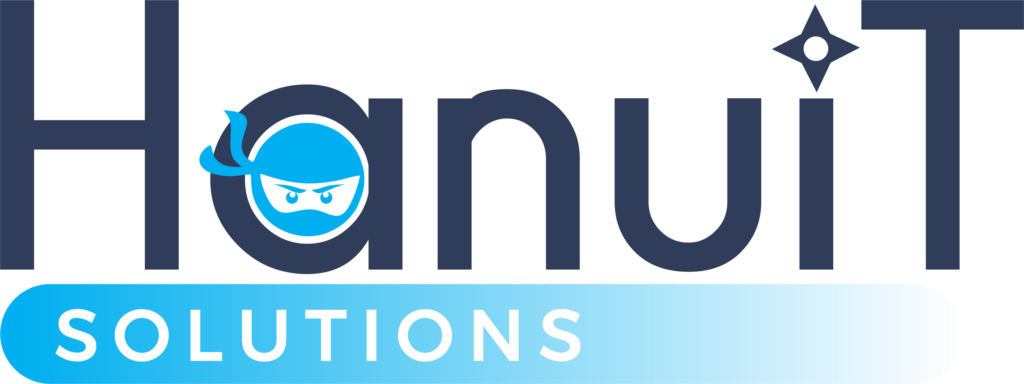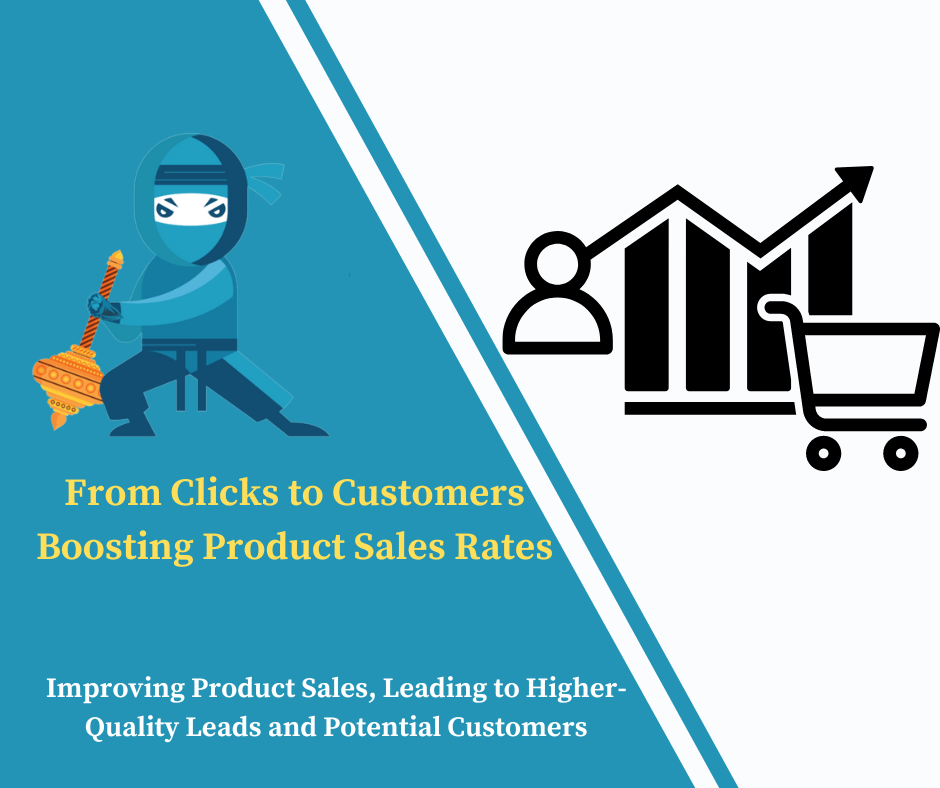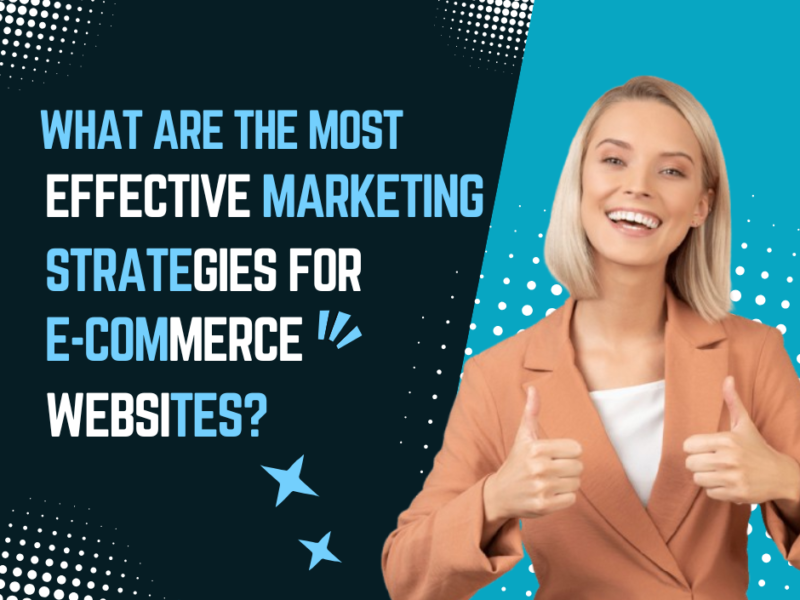From Clicks to Customers: Boosting Product Sales Conversion Rates
In today’s digital landscape, transforming website clicks into actual product sales is a critical challenge for businesses. High traffic volumes are great, but they mean little if they don’t convert into sales. Understanding and improving your product sales conversion rates is essential for maximizing revenue and achieving business success. This article delves into effective strategies to boost your product sales conversion rates and provides practical tips to help you turn clicks into customers.
What Are Product Sales Conversion Rates?
Product sales conversion rates represent the percentage of visitors who take a desired action, such as making a purchase, after engaging with your website or marketing efforts. A high conversion rate indicates that your marketing strategies are effectively turning interest into sales, while a low rate suggests that there may be barriers hindering the purchasing process.
Strategies to Boost Product Sales Conversion Rates
1. Optimize Product Pages
Your product pages are crucial in converting visitors into buyers. Key optimization tips include:
High-Quality Images and Videos: Use clear, high-resolution images and engaging videos to showcase your products. Visuals help customers get a better understanding of what they are buying.
Detailed Descriptions: Write compelling product descriptions that highlight key features, benefits, and specifications. Ensure the information is comprehensive and addresses potential customer questions.
Effective Call-to-Action (CTA): Place prominent and persuasive CTAs on your product pages. Use action-oriented language like “Buy Now” or “Shop Now” to encourage immediate action.
Also read: The Ultimate Guide to Boosting Your Product Sales Rate
2. Enhance User Experience (UX)
A smooth and intuitive user experience is essential for increasing conversion rates. Focus on:
Easy Navigation: Ensure that your website is easy to navigate. Implement a clean and organized menu and intuitive search functionality to help users find what they need quickly.
Mobile Optimization: With many users shopping on mobile devices, ensure your website is mobile-friendly. A responsive design that works well on various screen sizes is crucial.
Fast Loading Times: Optimize your website’s loading speed. Slow-loading pages can frustrate users and lead to higher bounce rates. Compress images and utilize caching to improve performance.
3. Leverage Social Proof
Social proof builds trust and can persuade visitors to make a purchase. Incorporate:
Customer Reviews and Ratings: Display genuine reviews and ratings on your product pages. Positive feedback from other customers can influence potential buyers.
Testimonials and Case Studies: Share customer testimonials and case studies to highlight successful experiences and build credibility.
4. Implement Personalization
Personalization can increase engagement and conversions by tailoring experiences to individual users. Consider:
Targeted Email Campaigns: Send personalized emails based on user behavior, such as abandoned cart reminders or product recommendations.
Dynamic Website Content: Use dynamic content to display personalized product recommendations and offers based on the user’s browsing history and preferences.
Also read: Maximizing Product Sales: Enhance Conversion Rate Strategies
5. Use A/B Testing
A/B testing helps you identify what works best for your audience by comparing different versions of web elements. Test:
Headlines and CTAs: Experiment with different headlines and CTA texts to see which ones drive higher conversions.
Design and Layout: Test various design elements and layouts for your product pages to find the most effective configuration.
6. Offer Incentives and Discounts
Incentives can encourage immediate purchases. Try:
Promotional Discounts: Offer limited-time discounts to create urgency and drive sales.
Free Shipping: Provide free shipping options to reduce the perceived cost of purchasing and increase conversion rates.
7. Simplify the Checkout Process
A complicated checkout process can lead to cart abandonment. Streamline the process by:
Minimizing Steps: Reduce the number of steps required to complete a purchase. Aim for a streamlined, one-page checkout if possible.
Offering Multiple Payment Options: Provide various payment methods to accommodate different customer preferences.
8. Analyze and Optimize
Regularly analyze your conversion data to identify areas for improvement. Use tools like Google Analytics to track:
Bounce Rate: High bounce rates may indicate issues with your landing pages or content.
Conversion Funnel: Examine where users drop off in the conversion process and address those issues to improve overall performance.
FAQ
What is a good product sales conversion rate?
A good product sales conversion rate varies by industry and business model. Generally, e-commerce sites see conversion rates between 1% and 3%. However, higher rates are achievable with effective strategies and optimization.
How can I quickly improve my product sales conversion rate?
To quickly boost your conversion rate, focus on optimizing your product pages, improving user experience, and simplifying the checkout process. Implementing targeted promotions and personalized marketing can also yield faster results.
What role does SEO play in product sales conversion rates?
SEO drives organic traffic to your site, increasing the likelihood of attracting potential customers. By optimizing your product pages for relevant keywords, you can attract more qualified leads who are more likely to convert into buyers.
How often should I perform A/B testing?
A/B testing should be conducted regularly as part of an ongoing optimization process. Focus on testing one element at a time, such as headlines or CTA buttons, to accurately assess the impact of each change on your conversion rates.
How can I effectively use social proof to boost conversions?
Utilize social proof by displaying customer reviews and ratings on your product pages, sharing testimonials and case studies, and showcasing user-generated content. Highlighting positive feedback and successful experiences can build trust and encourage purchases.
How does personalization enhance product sales conversion rates?
Personalization enhances conversion rates by tailoring experiences to individual users. Use targeted email campaigns and dynamic content to provide relevant product recommendations and offers based on users’ behaviors and preferences.
Why is mobile optimization important for product sales?
Mobile optimization is crucial as an increasing number of consumers shop using smartphones and tablets. A mobile-friendly website ensures a positive browsing experience on all devices, which can improve conversion rates and reduce bounce rates.
How can I measure the success of my product sales strategies?
Measure the success of your product sales strategies by tracking key performance indicators (KPIs) such as conversion rates, average order value, and customer acquisition cost. Analyzing these metrics helps you evaluate the effectiveness of your strategies and identify areas for improvement.
What tools can help with analyzing and optimizing conversion rates?
Tools like Google Analytics for tracking user behavior, heatmap tools such as Hotjar for visualizing interactions, and A/B testing platforms like Optimizely can assist in analyzing and optimizing conversion rates. These tools provide valuable insights into user behavior and the effectiveness of your strategies.
Conclusion
Boosting product sales conversion rates is crucial for turning website traffic into tangible sales. By optimizing your product pages, enhancing user experience, leveraging social proof, and implementing personalized marketing strategies, you can effectively increase your conversion rates. Regularly analyze your performance and refine your strategies to ensure continued success in converting clicks into loyal customers.








